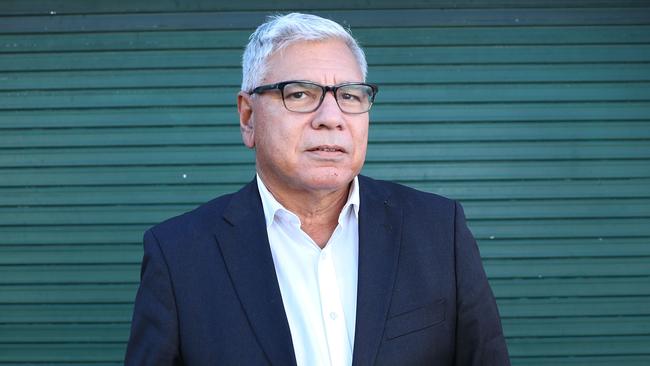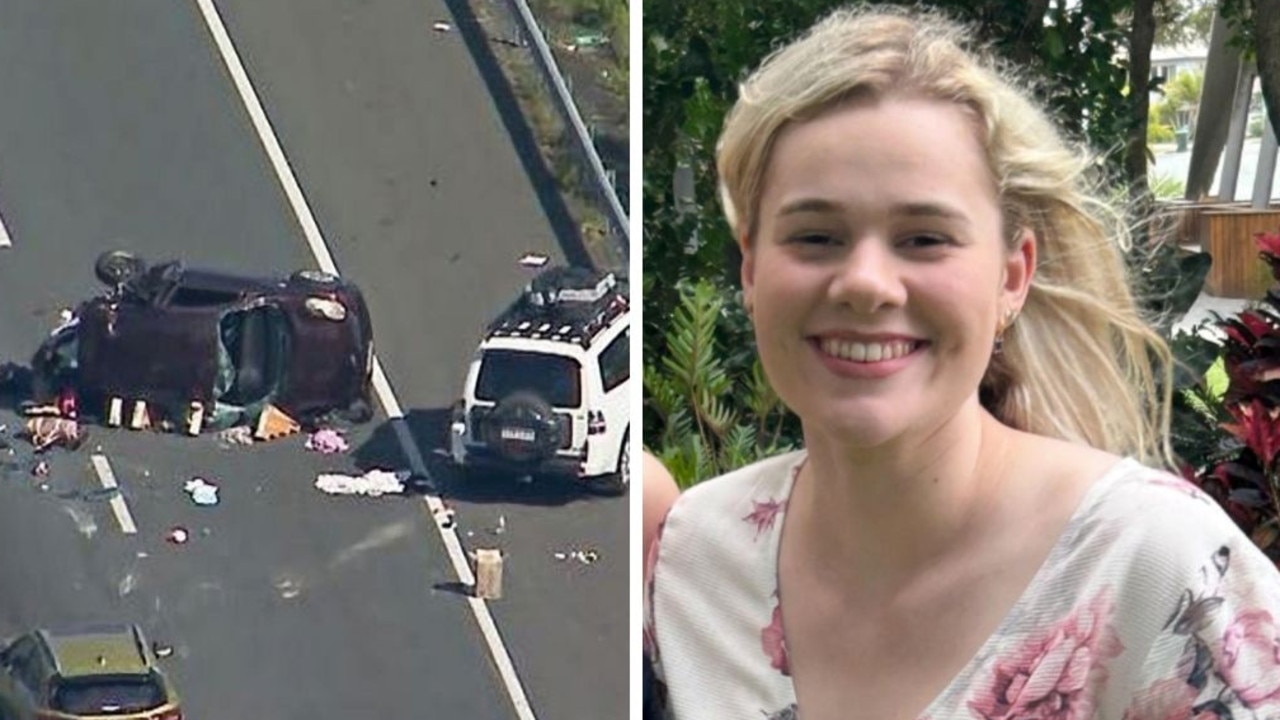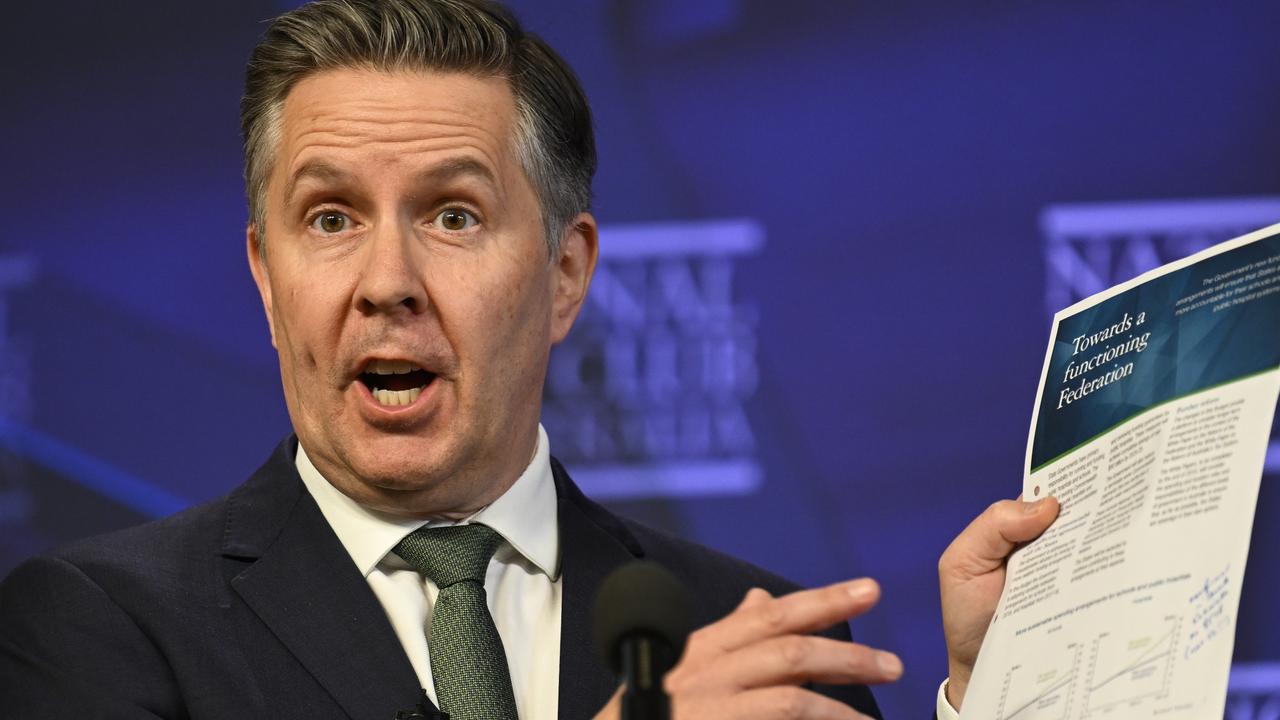Racism smear ‘a threat to children’
Some at-risk children live in danger because of fears those who remove them will be labelled racist, Warren Mundine says.

Some at-risk Australian children are being left to live in dangerous circumstances because public servants are afraid of being labelled racist if they remove them, according to a senior Indigenous leader.
“I have seen it a lot,” former Indigenous Advisory Council chairman Warren Mundine told The Weekend Australian. “Every time we disagree on some issue we call the person a racist. It has now got to the situation where people are too scared to do their job … Practically it means children are left in terrible situations.”
Indigenous children continue to be drastically over-represented in out-of-home care, comprising 37 per cent of those in that situation, despite being just 6 per cent of the child population.
“The statistics tell us that these kids are left in terrible situations. And it boils down to that people are nervous of being accused of creating a second Stolen Generation,” Mr Mundine said.
He referred to the inquest into the suicides of 13 young people, some aged only 10, in Western Australia’s Kimberley region in less than four years. In 2019 an inquest revealed that various authorities had been alerted to safety concerns about many of the children on multiple occasions.
“How many times do you need to be reported when you are in a dangerous situation and no one does anything about it?” Mr Mundine said.
His concerns about under-reporting are in contrast to the alarmingly high rates of known cases. One in 17 young Aboriginal and Torres Strait Islanders is in out-of-home care, 10 times more likely than non-Indigenous children. Their over-representation has increased in every state and territory over the past decade.
“This is one of the bizarre things about it. Even with this fear of taking kids away … you’ve still got a large group of kids who are being taken away,” Mr Mundine said. So the real number requiring out-of-home care “is probably double”.
The new National Agreement on Closing the Gap, released last year, intends to reduce the rate of Indigenous children in care by 45 per cent by 2031. Family Matters, a national campaign to ensure Indigenous children are raised safely within their families and surrounded by community and culture, aims to eliminate the over-representation by 2040, although its most recent report has warned that the number was likely to double by 2029 without government intervention.
A key element in protecting Indigenous children is the Aboriginal and Torres Strait Islander Child Placement Principle. Established in the late 1970s, and adopted by every government in Australia, it aims to ensure children’s connections to family, community and culture are prioritised.
“Unfortunately, after 40 years, full implementation of the Child Placement Principle has not yet been realised,” last year’s Family Matters report found, highlighting institutional racism as a significant barrier to the principle’s implementation.
But it is the fear of being accused of racism that is potentially compounding an already muddied issue. “Every agency is petrified of being classed as discriminatory or racist,” said former West Australian Children’s Court magistrate Sue Gordon, who in 2002 chaired an inquiry into family violence and child abuse in Aboriginal communities.
While the child placement principle continues to be widely endorsed, it has not always translated into good practice. “All the evidence shows that the application of the principle is poor in almost every jurisdiction and it has devastating consequences for everyone,” said Megan Davis, Balnaves Chair in Constitutional Law at the University of NSW.
Professor Davis spent two years conducting an independent review of Indigenous children in out-of-home care. Her 2016 report to the NSW government found that the child-placement principle tended to be poorly applied, a major issue being that case workers in child protection often failed to adequately check if there were suitable kinship carers available.
Professor Davis’s comments appear in The Weekend Australian Magazine in a story examining the fraught and extended process of removing an Indigenous preschooler who had spent all but the first year of her life living with a non-Indigenous family. A carer from within her family was later approved to look after her.
Her protracted removal earlier this year from her foster parents, who had believed they would be raising her until she was 18, took more than 10 hours, and was described as “the Stolen Generation in reverse” by an Aboriginal elder who witnessed it. “Because the fact is that that little girl would not have been forcibly removed from that placement and placed with kin if she wasn’t Aboriginal.”




To join the conversation, please log in. Don't have an account? Register
Join the conversation, you are commenting as Logout